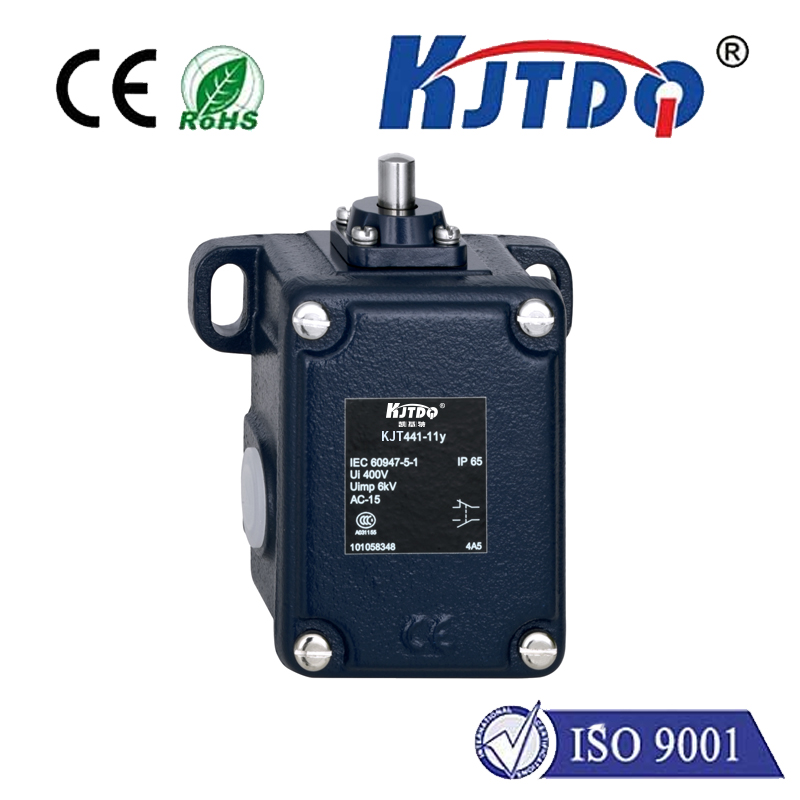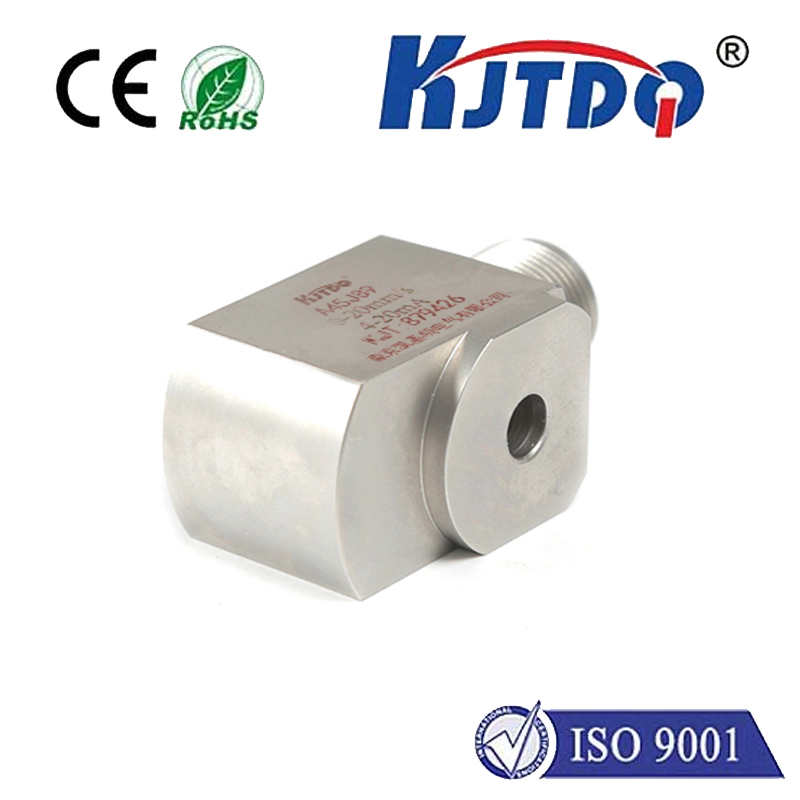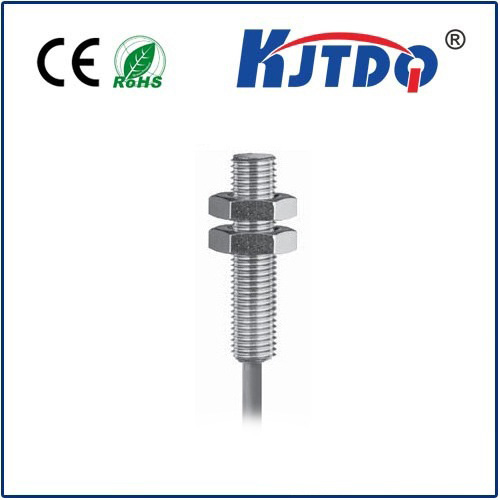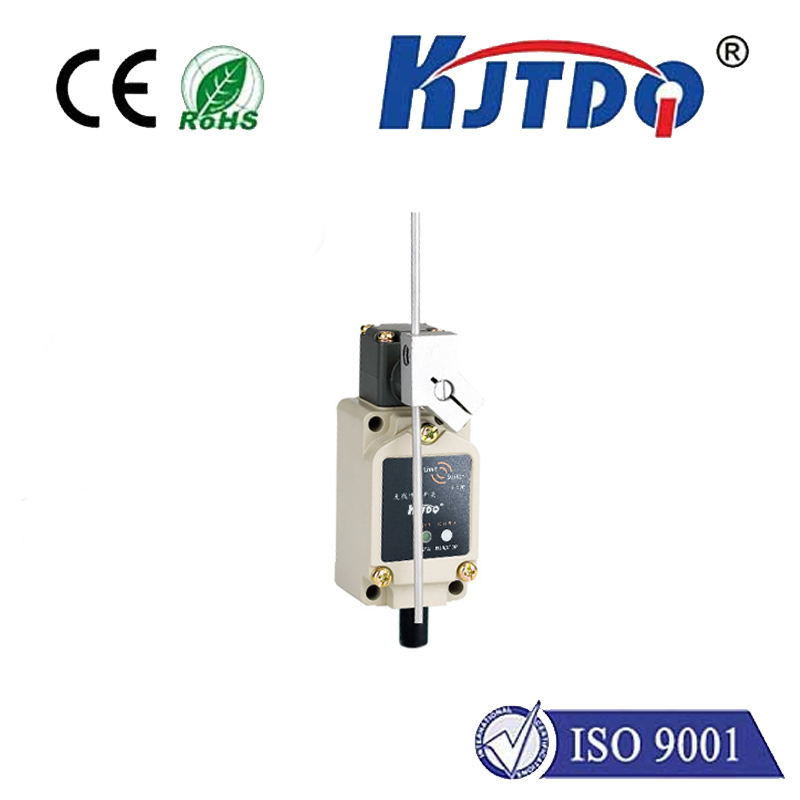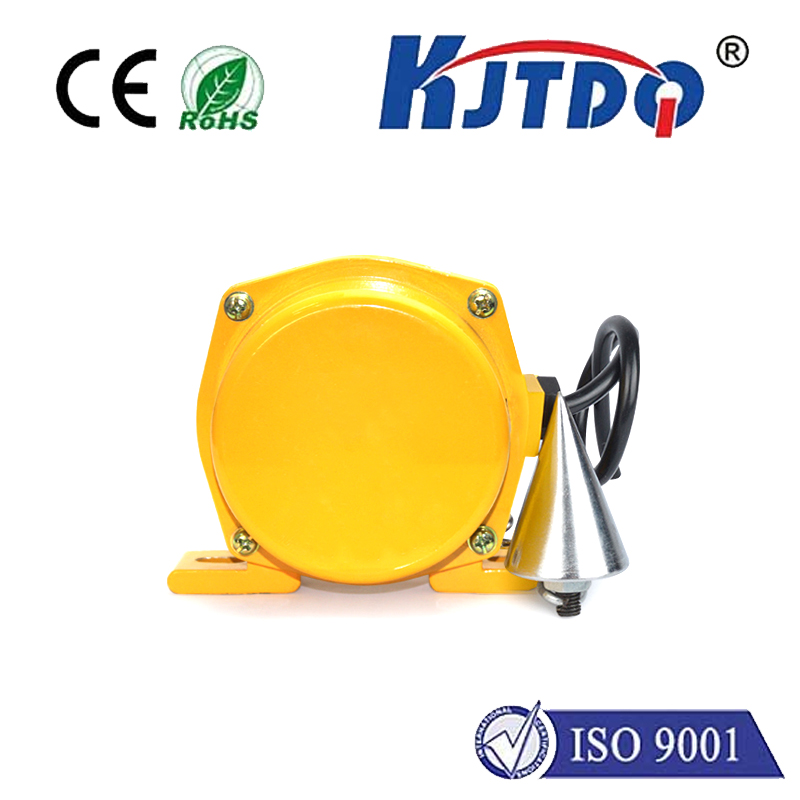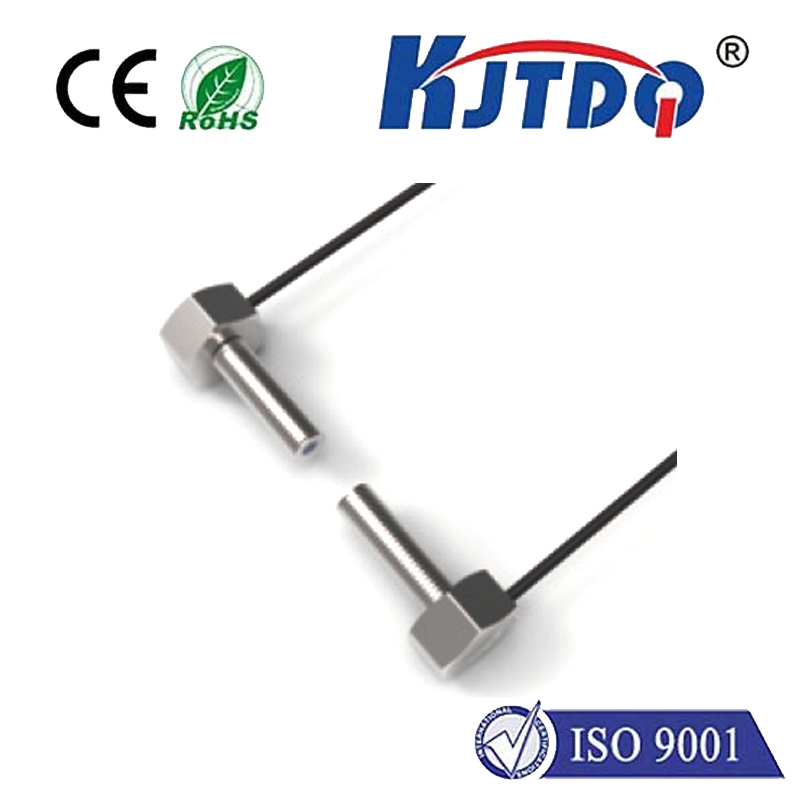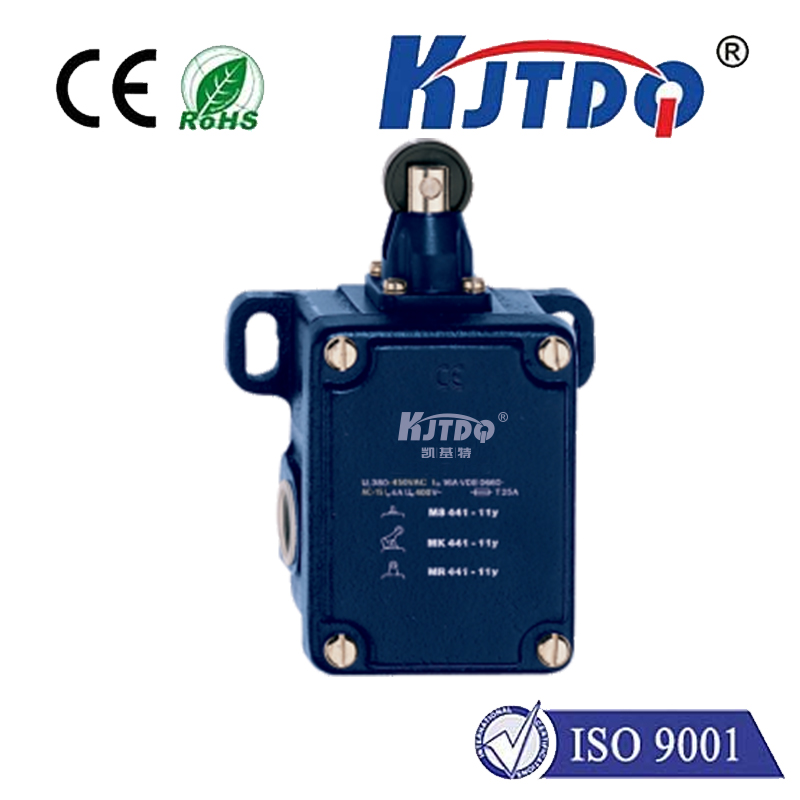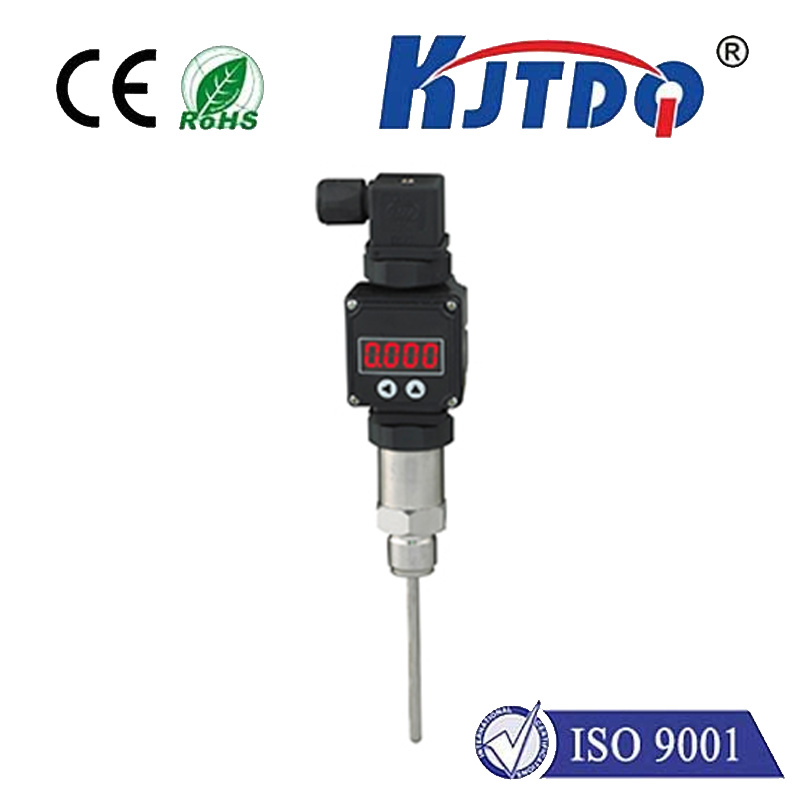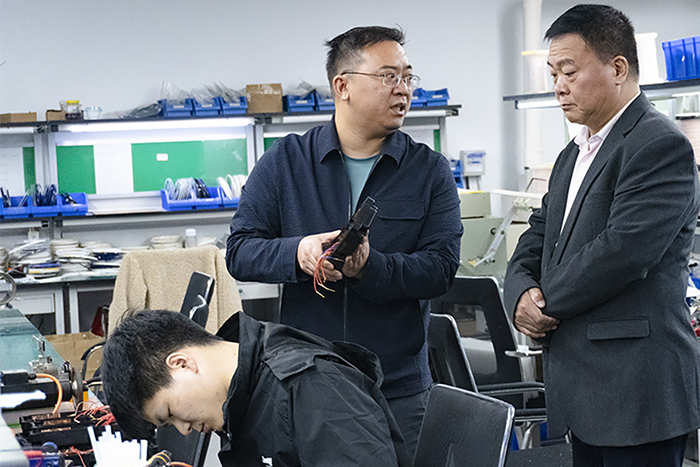
check

check

check

check
In the realm of automation and industrial control systems, sensors play a crucial role in monitoring and controlling various processes. Among these, the 5V inductive proximity sensor stands out for its versatility and reliability. This article delves into the basics, applications, and advantages of the 5V inductive proximity sensor, making it an essential component in many industries.
A 5V inductive proximity sensor is a type of electronic sensor that uses electromagnetic fields to detect the presence or absence of metallic objects within a certain range, without requiring any physical contact. The “5V” refers to the operating voltage of the sensor, which aligns with standard microcontroller logic levels, making it highly compatible with common electronic circuits. These sensors function based on the principle of inductance, where changes in the electromagnetic field caused by a metallic object trigger an output signal.
Compatibility: The 5V operating voltage makes these sensors compatible with a wide range of microcontrollers and electronic systems. This feature ensures seamless integration into various projects and applications.
Durability: Inductive proximity sensors are known for their robust construction. They can withstand harsh environmental conditions such as dust, moisture, and vibrations, making them ideal for industrial settings.
Versatility: Whether you’re counting items on a conveyor belt, detecting the position of machinery components, or ensuring safety interlocks, a 5V inductive proximity sensor can handle a variety of tasks efficiently.

Non-contact Sensing: Unlike contact-based sensors, inductive proximity sensors do not wear out over time due to repeated interactions with targets, leading to longer lifespan and reduced maintenance requirements.
Precision: These sensors offer high accuracy in detecting the presence of metal objects, which is vital for applications demanding precise measurements and control.
Automation and Manufacturing:
Gates and Doors: Monitoring the position of gates, doors, and barriers.
Alarm Systems: Detecting unauthorized movements or entries.
When installing a 5V inductive proximity sensor, several factors need to be considered to ensure optimal performance:
Mounting Type: Choose between flush mount, shielded, or unshielded options based on your specific application requirements. Each type has unique benefits regarding detection distance and environmental interference.
Proximity Range: Different models offer varying detection distances. Select a sensor with a range that matches your operational needs.
Environmental Conditions: Assess the environment where the sensor will be installed. For harsh environments, look for sensors with appropriate IP ratings.
Target Material: Ensure the target material is conductive as inductive sensors rely on metallic objects for proper functioning.
The 5V inductive proximity sensor is a versatile and reliable tool for a wide range of applications across various industries. Its compatibility, durability, and non-contact sensing capability make it an indispensable component in modern automation and control systems. By understanding its features and applications, one can effectively leverage this technology to enhance efficiency and safety in numerous settings. Whether you’re designing a new automation system or retrofitting an existing one, incorporating a 5V inductive proximity sensor can provide significant benefits, ensuring your processes run smoothly and efficiently.
